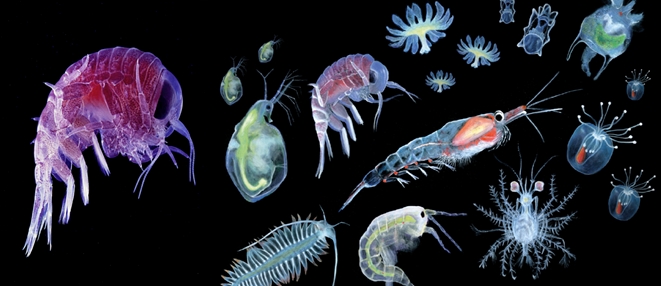Plankton exists in all possible shapes and sizes. The smallest forms are like bacteria, and they are phytoplankton. There are tiny zooplankton as well, but also those which can be up to 9 meters long, like some jellyfish that cannot swim actively, but just float with electricity, and count as plankton. The oceans have plenty of jellyfish and zooplankton.

Rainforests are responsible for about one-third (28%) of Earth’s oxygen, but most (70%) of the oxygen in the atmosphere is produced by marine plants. The remaining 2 percent of Earth’s oxygen comes from other sources. The ocean produces oxygen through the plants (also phytoplankton, algae and plankton algae) that live in it. These plants produce oxygen as a by-product of photosynthesis, a process that converts carbon dioxide and sunlight into sugars that the body can use for energy.

